The Judgement of Paris
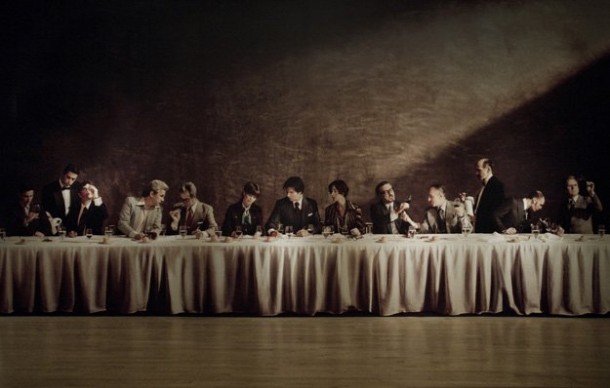 THE JUDGEMENT OF PARIS
THE JUDGEMENT OF PARIS
AJ Linn
(Originally published in Spanish in the Diario Sur 18 Feb 12)
In spite of the title this is not a legal text, rather the story of one of the most remarkable events in the history of wine.
The Judgement of Paris, as it later came to be referred to, took place on 24 May 1976. It was blind wine tasting. Eleven highly qualified experts, nine French, one American, and one English, (Stephen Spurrier), met in the Hotel Intercontinental in Paris to judge a selection of red and white French and Californian wines. The outcome was unforeseen, even by Spurrier, who, as an Englishmen working at the time in the French wine trade, intended the tasting to reinforce the position of French classic Bordeaux in the face of increasingly aggressive claims from American producers.
The French experts unexpectedly gave the highest scores to a red Californian wine, Stag’s Leap Cellars 1973, which was rated higher than such renowned wines as Château Mouton-Rothschild 1970 and Château Montrose 1970. It will come as no surprise to learn that the French judges immediately suspected the whole thing had been fixed, and even alleged that the Californian wines were in fact French wines in rigged bottles. One judge, Odette Khan, cancelled her votes, and denounced the affair as a trick. All in all the French wine trade was pretty fed up, and Spurrier was banned from taking part in the country’s top wine tastings for a year as punishment.
In the white wine section France did little better when the Californian Chateau Montelana 1973 was voted top, and in the first four places there were three American wines.
It would be nonsense to deny that French wines in general are and always will be among the best in the world. However it seems the French have a problem with admitting that there are wines made in other countries that are as good as, or even better than, their French counterparts, but no-one can deny that in the highest echelons of gastronomy and food circles they are the preferred option – although generally of people who have little in-depth knowledge of wine.
The uproar that ensued can be imagined, and if anything the whole event was hushed up. Spurrier admitted later that he had simply added the judges’ scores together and divided by nine (to get the ‘French score’), which he later learnt to be statistically meaningless. It was also clear the judges were not accustomed to this sort of tasting and rated the wines according to different values. Nevertheless when later two American economists analysed the results they agreed that the first places on the scoreboard, ergo, Stag’s Leap Cellars over Ch Mouton-Rothschild, were legitimate.
In spite of the press being invited, only one journalist turned up; George Taber of TIME Magazine, and when the French press ignored the story he published details in the USA under the title, The Day that Changed the Wine World. He later wrote a book, The Judgement of Paris, in 2006, and a film, Bottle Shock, came out in 2008
Eventually the French calmed down and had to admit that the US wines were very good – but of course would never last as long in the bottle as the French equivalents. So in 1978 the very same wines were trotted out for another blind tasting, this time with 98 judges, and in both red and white categories the Californians won again, this time taking the three top places in both the reds and the whites. A further tasting in 1986 saw two of the original reds, Clos du Val Winery 1972 and Ridge Vineyards Monte Bello, beat all the French wines and Stag’s Leap Wine Cellars. But the most important blind tasting that was intended to settle the argument once and for all was held in parallel tastings in New York and London 30 years later in 2006, although only for the reds this time. And guess what? Californian reds took the first five places, beating Ch Mouton-Rothschild 1970, Ch Montrose 73, Ch Haut-Brion 70 and Ch Leaoville Las Cases 71.
The US champions were, in order of merit, Ridge Vineyards Monte Bello 71, Stag’s Leap Wine Cellars 73, and Mayacamas 71 equal with Heitz Martha’s Vineyard 70.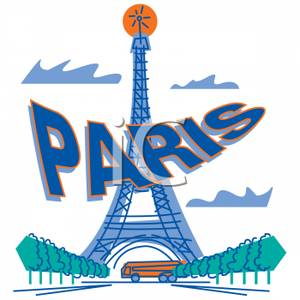
Disclaimer: The views, opinions and positions expressed within this guest article are those of the author AJ Linn alone and do not represent those of the Marbella Marbella website. The accuracy, completeness and validity of any statements made within this article are not guaranteed. We accept no liability for any errors, omissions or representations. The copyright of this content belongs to AJ Linn and any liability with regards to infringement of intellectual property rights remains with the author.

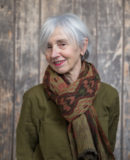




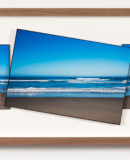



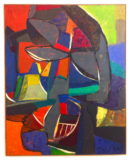




The opinions expressed by individual commentators and contributors do not necessarily constitute this website's position on the particular topic.